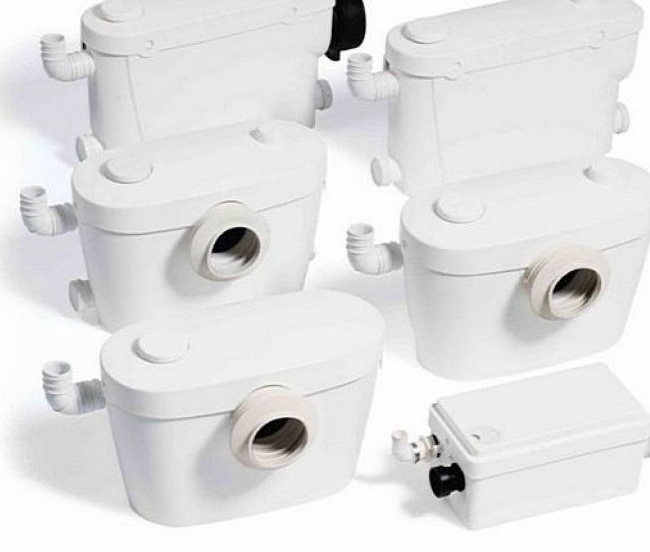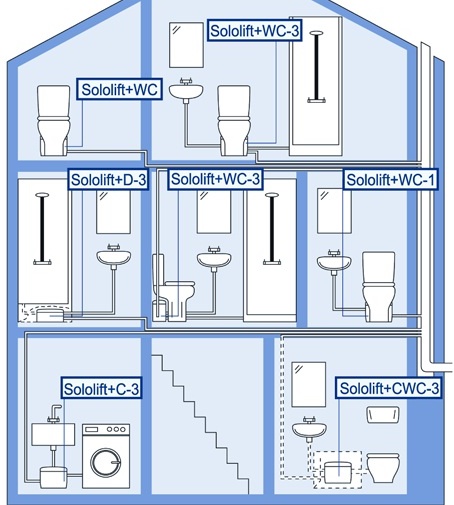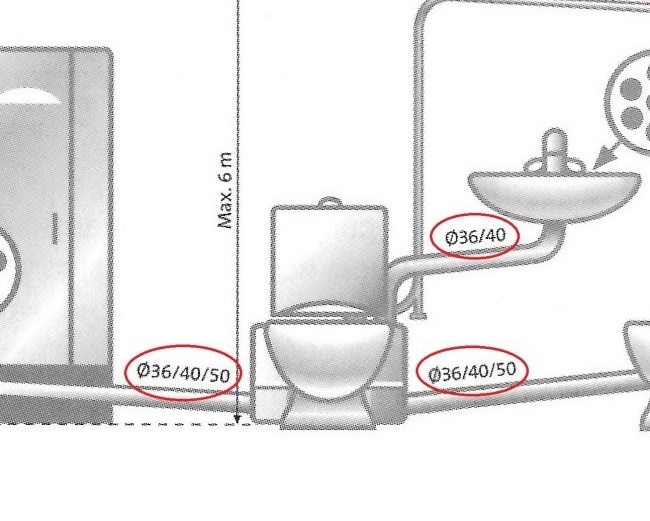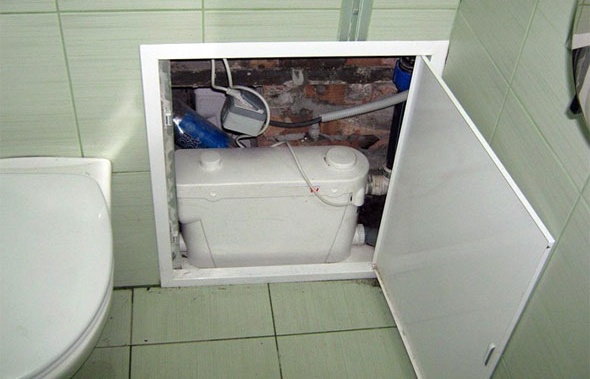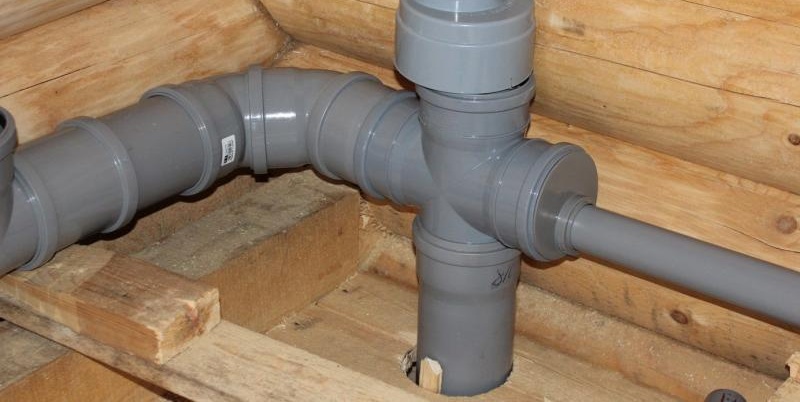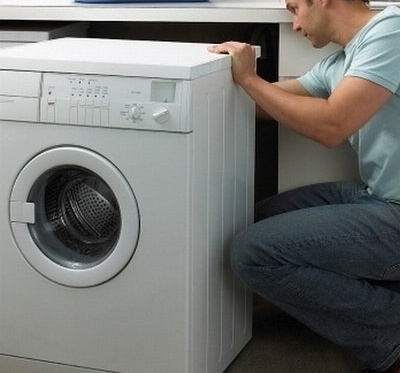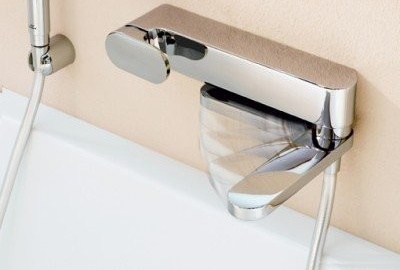Sololift for sewage: how to choose and install yourself
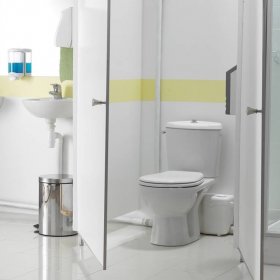
The work of traditional sewage systems involves the gravity flow of water along a pipeline with a slope, which is not always possible to realize in full. Sololift for sewage is a pumping equipment that has a small size, self-cleaning system, quiet operation and ease of installation, as well as a high degree of reliability.
Content
What is sololift and why is it needed
From a design point of view, sololifts are pumps equipped with special shredders. They are most often installed in private households, where there are problems with the riser of the sewer system, located in an inconvenient place or with insufficient slope.
Application area:
- connecting a washing machine and dishwasher at a considerable distance from the sewer riser;
- installation of plumbing fixtures, including toilet bowls, below the level of sewage;
- moving the bathroom to another part of the room.
Forced sewage contributes to the most convenient drainage and allows you to install plumbing fixtures in the basement of a country house.
The dimensions of such equipment are not too large, so the unit may well be installed behind the plumbing fixture or inside it, and due to the round shape of the bottom of the body, the waste does not linger inside the device. The forced drain installed in the home sewer system has high power indicators, due to which the effective disposal of wastewater is carried out by a maximum of 90-100 meters in a horizontal position and about seven meters vertically.
Device and principle of operation
A pump installation designed for forced pumping of wastewater with the location of plumbing equipment lower than the level of a common house sewage system has a fairly simple scheme:
- storage tank body;
- submersible pump;
- check valve device;
- receiving filter system;
- cutting - grinding mechanism;
- carbon filter.
The principle of operation is not too complicated and consists in drawing fluid through the filtering receiving system into the storage tank of the pumping device. The impeller-shaped cutting mechanism located on the input part of the device quickly grinds all inclusions included in the solift, represented by feces, paper and personal hygiene products.At the next stage, all wastewater is moved inside the outlet pipe, and a special valve in the form of a valve prevents the reverse reflux of all the liquid discharged.
Due to the presence of a carbon filter installed on the top of the device, unpleasant sewer odors do not leak into the room. The degree of filling is controlled by a hydrodynamic thermal relay, and the plastic check valve system with adapters in the filling process moves through pressure pipes. An automatic start float sensor detects the fill level of the sewer installation, and the pump is driven by a relay signal.
The choice of sololift for sewage
Before proceeding with the selection of a model of sololift, it is necessary to determine the number of all plumbing fixtures to be connected and the total amount of wastewater discharged. If there is a need to connect several plumbing devices at once, it is advisable to give preference to models with the presence of an additional pipe. Particular attention is paid to the installation site of the system and the power indicators of the solift.
- Sololift + WC - connecting one toilet;
- Sololift + WC-1 - connection of the toilet bowl and sink;
- Sololift + WC-3 - connecting the toilet, sink, shower and bidet;
- Sololift + CWC-3 - connection of a wall-mounted toilet, sink and shower;
- Sololift + С-3 - connecting a washing machine and a kitchen sink;
- Sololift + D-3 - connection of a shower cabin and sink.
Sololift + is used to equip an additional bathroom, toilet and any utility room on the basement of the house, a bathroom in the summer cottage and an additional bathroom in guest houses. The model is ideal for installation in a bathroom operated by the elderly or disabled.
The most significant selection options:
- number of points to connect;
- maximum height for pumping vertically;
- maximum distance for pumping horizontally;
- performance;
- power consumption;
- permissible temperature of the pumped liquid;
- dimensions;
- weight;
- cost;
- possibility of self-installation.
In the process of choosing sewage pumping equipment, it is recommended to give preference to reliable and durable devices manufactured only by trusted European manufacturers, which include Grundfos, Lowara, SFA, DAB and WILO.
Expensive products from SFA and Grundfos are the flagship of the industry with an developed service network, producing models that have a long warranty period.
The inside should only be made of durable and corrosion-resistant materials, including high-strength plastic.
Other models belong to the category of technically simpler, but also quite well cope with their basic functions devices. It is important to remember that the presence in the pump design of additional knives for grinding and increased power directly affect the noise level of the device during operation.
Installation and Connection
The specifics of do-it-yourself installation requires mandatory compliance with a sufficient angle of inclination of the device, allowing solid waste to be moved directly to the side of the branch pipe. Sololifts are quickly and easily installed independently, and pumping equipment is always equipped with detailed and intuitive instructions. For DIY installation, you should prepare the minimum standard set of tools, presented:
- a pair of screwdrivers with a straight slot profile - 8.0 and 2.5 mm;
- multifunctional forceps with 50 mm opening;
- ratchet wrench;
- socket wrench.
Before installation, the presence of all parts, gaskets and o-rings is checked, and if necessary, service kits are ordered.
The main stages of installation and connection of a forced-type sewer system:
- Select pipes of the required diameter.
- Install and fix the sololift on a previously laid layer of vibration-isolating material with a minimum distance of 10 mm to the plumbing fixture or wall.
- Connect the devices to the exhaust pipes of the plumbing fixtures.
- When installing a solift in a niche, you should fix the door, which allows you to audit and service pumping equipment during operation.
- Joints on pipes should be treated with waterproof sealants.
- At the final stage of the installation, it is necessary to fix the exhaust pipe with clamping pliers and call a professional electrician who will correctly connect the sololift to the electric network. During the trial run of the installed device, the tightness of the connection of all nozzles is tested and the pump is tested for operability.
Video: monolith installation
Rules of operation and maintenance
Maintenance of all sololift models involves the systematic cleaning of equipment and the filter system installed inside it. For this purpose, special detergent compositions are used.
Pumping equipment cleaning sequence:
- Disconnect devices from the mains.
- Remove the top cover of the device.
- Pour detergent into the tank.
- Turn on the pump and drain the fluid.
- Bleed the unit with running water.
- Close the unit cover.
The power supply is disconnected without fail when cleaning the filter, which is removed, washed and installed in its original place.
Some models have a magnetic float switch installed at different levels. During maintenance, such a float must be removed.
Advantages and disadvantages of using
The most powerful designs are equipped with special additional pipes, and advanced models are designed to connect not only the toilet, but also a bidet, shower and sink.
The main advantages of sololift:
- high-quality work even with a narrow sewer pipeline;
- compact sizes;
- quick and easy installation;
- simple installation work;
- lack of need to use expensive professional tools;
- ease of use;
- economic expediency;
- mobile placement of plumbing.
A tangible additional advantage of using sololift is the ability of such a device to fit perfectly into almost any interior of a room.
Some modifications are characterized by the presence of a hydraulic vortex system designed to effectively eliminate blockages in the sewer system, as well as an alarm system.
Sololift is currently the optimal solution for arranging a forced-type sewer system, which provides the widest possible possibilities for organizing the planning of home ownership. However, the acquisition and regular maintenance of such pumping equipment requires a lot of money.
In addition, it is important to remember that in most cases, the reasons for the unstable functioning of a sololift can be easily eliminated independently without the involvement of specialists in the field of repair of pumping equipment.And if the owner of such a device observes all preventive measures during operation, then the need for repair work disappears altogether.
